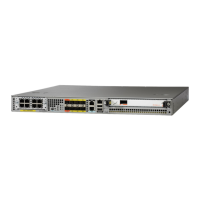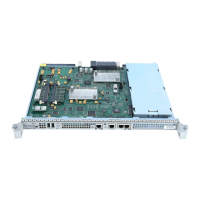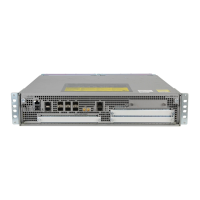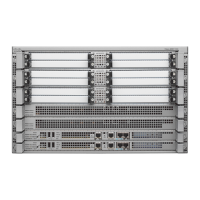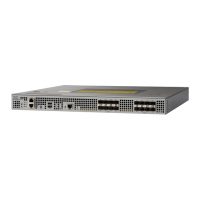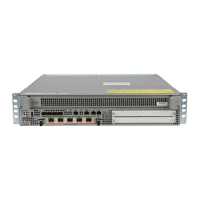The SPA-DSP and SBC application work in conjunction to provide voice transcoding and transrating
functionalities. After the DSP-farm profiles are created, each profile is uniquely attached to a unique SBC
identifier. The SBC configuration of Call-admission-control (CAC) and DTMF internetworking has been
explained in the Cisco Unified Border Element (SP Edition) Configuration Guide: Unified Model .
Configuration Tasks
Perform this procedure to enable a SPA-DSP and define a DSP farm profile. Additionally, you can enable or
disable local voice activity detection (vad) irrespective of external configuration. For information about
SPA-DSP hardware details, managing your system images and configuration files, refer to the following:
•
Cisco ASR 1000 SIP and SPA Hardware Installation Guide
•
Cisco ASR 1000 Series Aggregation Services Routers Software Configuration Guide
•
Cisco IOS Configuration Fundamentals Configuration Guide
•
Cisco IOS Configuration Fundamentals Command Reference
Prerequisites
Complete the following prerequisites to successfully enable the SPA-DSP and to set DSP SPA in DSP Farm
mode on Cisco ASR 1000 Series Router:
•
Requires Cisco IOS XE Software Release 3.2 or a later release installed on Cisco ASR 1000 Series
Router
•
DSP SPA installed and in operational state.
Configuring a DSP Farm Profile
Execute the following steps to enable the SPA-DSP and set DSP SPA in DSP farm mode.
SUMMARY STEPS
1.
enable
2.
configure terminal
3.
voice-card slot/subslot
4.
dsp services dspfarm
5.
exit
6.
dspfarm profile profile-identifier {transcode [universal]}
7.
description text
8.
codec codec-type
9.
maximum sessions number
10.
associate application sbc
11.
no shutdown
12.
exit
Cisco ASR 1000 Series Aggregation Services Routers SIP and SPA Software Configuration Guide, Cisco IOS
XE Everest 16.5
408 OL-14127-17
Configuring the Cisco DSP SPA for the ASR 1000 Series Aggregation Services Routers
Configuration Tasks
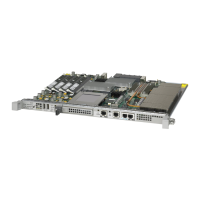
